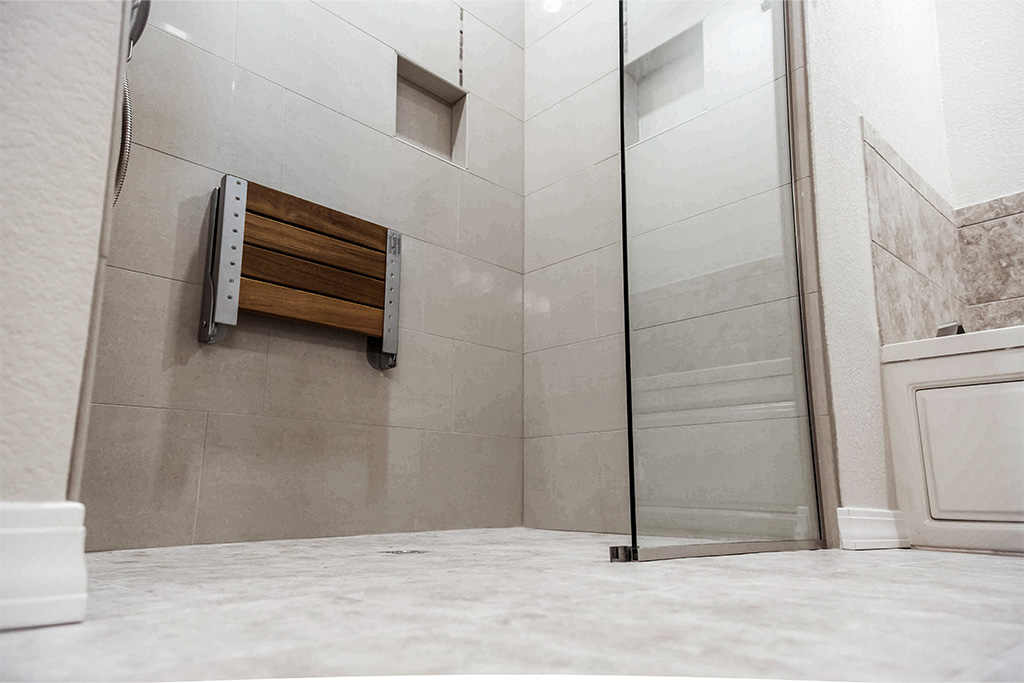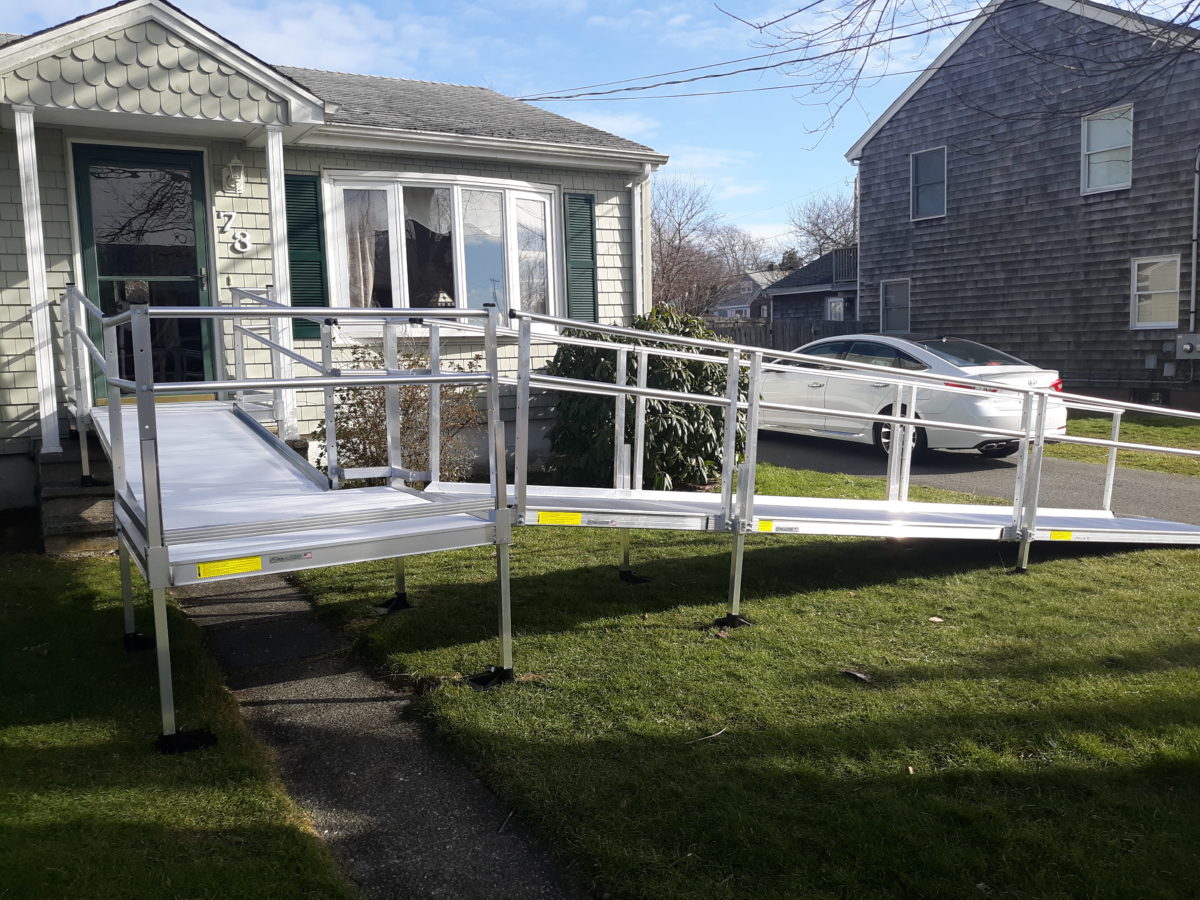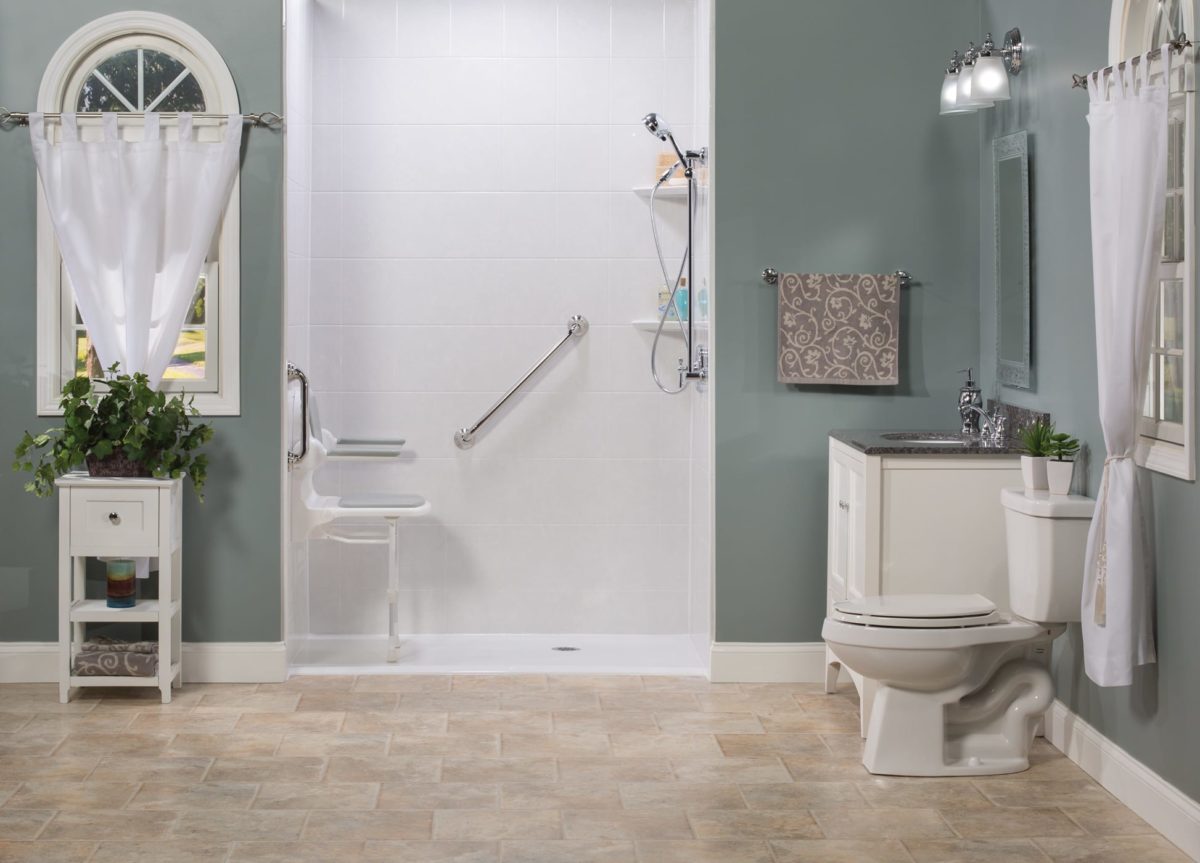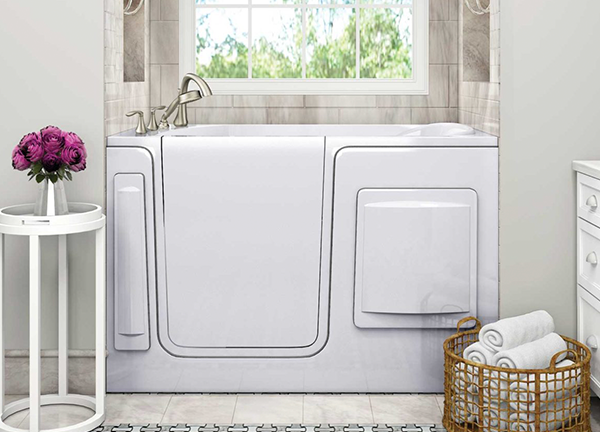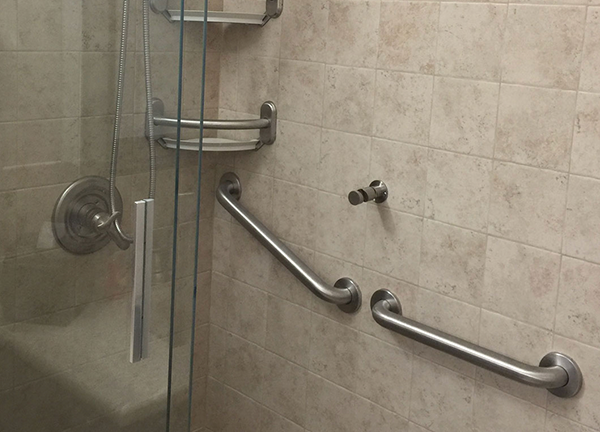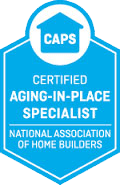Marked by March, National Cerebral Palsy Awareness Month is an opportunity to spotlight the lives and needs of those affected by cerebral palsy, a group of disorders that affects muscle movement and coordination. For the millions living with this condition, one of the most vital aspects of support can come from the very place they call home. Adaptive home design is not just a luxury for individuals with cerebral palsy; it’s a pathway to the independence and comfort that everyone deserves. Explore how thoughtful adaptations can bring about positive changes and create a more inclusive and supportive living space for those affected by cerebral palsy.
Home Mobility Pros can play a crucial role in transforming homes to meet the unique needs of individuals with cerebral palsy. Specializing in a wide range of home modifications, we offer solutions such as wheelchair-accessible ramps, stair lifts, and widened doorways to enhance mobility within the home. Our team assesses each living space to recommend and implement adjustments that not only improve safety but also promote a sense of independence. By focusing on personalized solutions, Home Mobility Pros ensures that houses are not just places to live, but homes that cater to the comfort and requirements of those with cerebral palsy, fostering a more inclusive environment.
Understanding Cerebral Palsy
Cerebral palsy is a neurological condition that affects body movement and muscle coordination. It’s caused by damage to the brain, which can occur before, during, or shortly after birth. The symptoms of cerebral palsy can vary greatly, ranging from muscle stiffness to uncontrollable movements. However, the impact on daily life is often consistent in the challenges it presents, which can include difficulty walking, fine motor problems, and issues with speaking or swallowing.
For individuals with cerebral palsy, navigating a traditional living space can be a minefield of obstacles, from narrow doorways to a lack of supportive features. These challenges not only hamper physical movement but can also diminish self-esteem and hinder the fulfillment of daily tasks and aspirations.
Benefits of Adaptive Home Design for Cerebral Palsy
Adaptive home design is a term used to describe the customization of living spaces to better accommodate the unique needs of individuals with disabilities, including those with cerebral palsy. The benefits of such design extend to almost every facet of their daily routines:
Improved Accessibility and Independence
Adaptive features, like wider doorways for smooth wheelchair access, lower countertops to enable easy reach, and strategically placed grab bars for stability, play a pivotal role in empowering individuals to navigate their surroundings effortlessly and accomplish tasks with enhanced freedom. This not only enhances independence but also fosters a profound sense of self-reliance that can truly transform lives.
Enhanced Quality of Life and Well-being
A home that is thoughtfully and intentionally designed to align with the user’s precise requirements can have a profound impact on an individual’s holistic well-being. By transforming the home into a supportive ally rather than a source of challenge, stress levels are minimized, fostering a sense of security and allowing confidence to flourish.
Key Elements of Adaptive Design
Adaptive home design for those with cerebral palsy involves careful consideration of several critical elements that directly impact mobility and functionality:
Wheelchair Accessibility
The home should be modified to allow individuals to move comfortably and safely in their wheelchair. This can involve installing ramps with gentle slopes for easy access, widening hallways to accommodate wheelchair maneuverability, and ensuring entryways are spacious enough for smooth passage. These adjustments not only enhance accessibility but also promote independence and well-being for wheelchair users within their living environment.
Assistive Technology Integration
The integration of advanced technology solutions can significantly boost independence. For instance, implementing voice-activated smart home systems allows for convenient control of various aspects within the household. Additionally, motorized lifts provide seamless access to different levels of the home, promoting mobility and accessibility for individuals.
Safety Features and Ergonomic Considerations
In every corner of an adaptive home, ensuring safety and ergonomic functionality is paramount. This includes thoughtful considerations such as installing non-slip flooring to prevent accidents, designing easily navigable spaces for effortless movement, and incorporating adapted tools and equipment tailored to individual needs to enhance daily tasks and promote independence.
Real-life Case Studies
There’s no shortage of inspiring stories where adaptive home design has made a significant difference for individuals with cerebral palsy. From advanced electronic door openers that respond to a nod to redesigning entire floors for comfortable movement, these case studies provide real-world examples of adaptive home design in action.
The Multi-Level Home
In a heartwarming example, a dedicated family undertook a remarkable renovation to convert their multi-story residence into an incredibly accessible haven for their child with cerebral palsy. The transformation involved the integration of a contemporary, open-plan layout enriched with specialized features such as a stairlift for seamless mobility, a therapeutic hydrotherapy pool for comfort and well-being, and custom ramps strategically placed to suit their child’s unique requirements. This thoughtful approach not only reflects the family’s unconditional love and support but also showcases the power of design in enhancing the quality of life for individuals with diverse abilities.
The Sensory-Friendly Apartment
Another heartwarming case exemplified the thoughtful creation of a sensory-friendly apartment tailored for a teenager with cerebral palsy. The design incorporated serene, calming colors that resonated tranquility, acoustics to soothe the senses, and lighting to create a peaceful ambiance. Additionally, the furniture was meticulously selected to not only provide comfort but also to offer optimal support for posture and enhance mobility.
Community Support and Resources
The endeavor to create adaptive living spaces is often a collaborative effort that requires support from the wider community. Organizations and resources are available to individuals and families seeking to adapt their homes for cerebral palsy or any other disability.
Local Nonprofits and Support Groups
Locally-based organizations often provide valuable support in the form of consulting services, financial assistance, and product donations. Joining forces with these groups can be a catalyst for change in home design.
Government Programs and Grants
Numerous government programs exist with the purpose of funding home modifications for the disabled. Navigating this support can significantly ease the financial burden of adaptive design projects.
Adaptive Home Design to Empower Individuals with Cerebral Palsy
Adaptive home design is more than a niche industry—it’s a movement toward inclusivity and support for those with cerebral palsy and other disabilities. By highlighting the impact of thoughtful design on mobility and quality of life, we’re advocating for a world where every individual has the right to a home that not only caters to their needs but also celebrates their dignity and autonomy.
This National Cerebral Palsy Awareness Month, take time to appreciate the resilience and fortitude of those living with the condition. And whether you’re a designer, a builder, a family member, or someone with a passion for accessibility, find ways to contribute to an environment where adaptive design becomes the standard, not the exception. In doing so, we’re not just crafting living spaces; we’re building futures—full of potential and promising a life unhindered by physical barriers. It’s time to ensure that the place where we all spend the most time—our homes—is one that echoes the inclusivity and warmth of the human spirit.
Unlock the full potential of independent living with Home Mobility Pros. Our team is dedicated to transforming ordinary spaces into empowering environments that foster autonomy and joy for individuals with cerebral palsy and other mobility challenges. Reach out today to explore how we can custom-tailor your space to meet the unique needs of you or your loved ones. Together, we’ll break down barriers and build futures where every day is filled with possibility and dignity. Contact us to begin the journey towards a more accessible, comfortable, and inclusive home.

